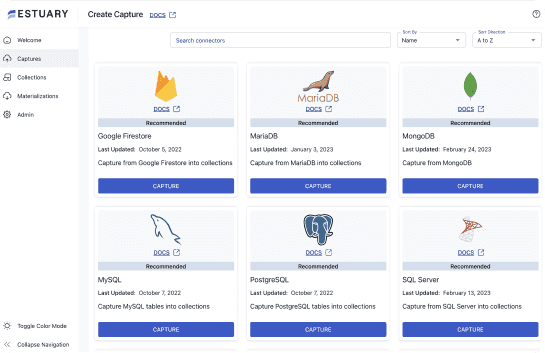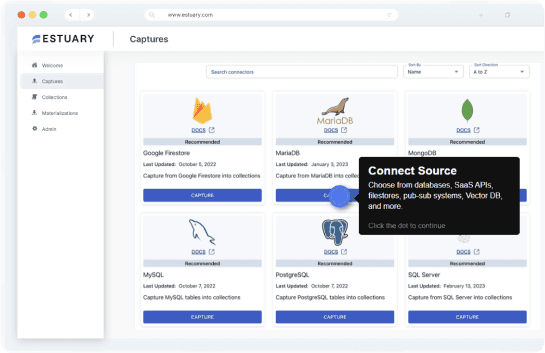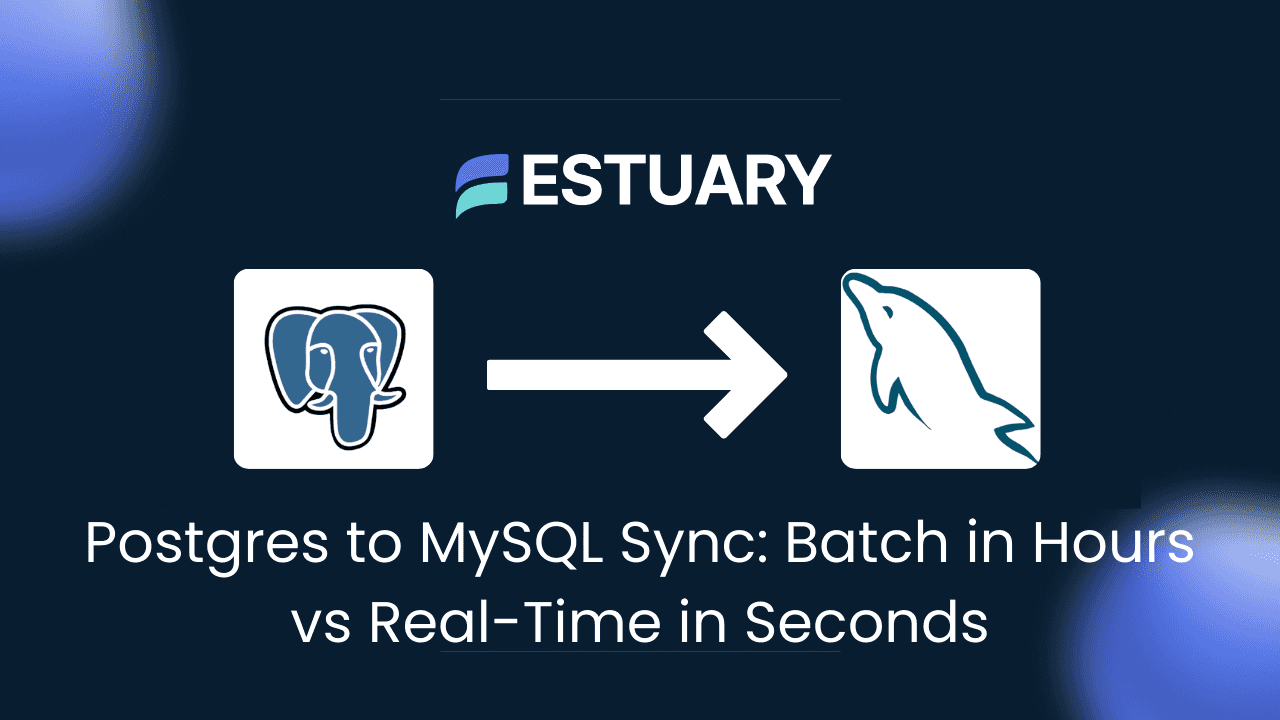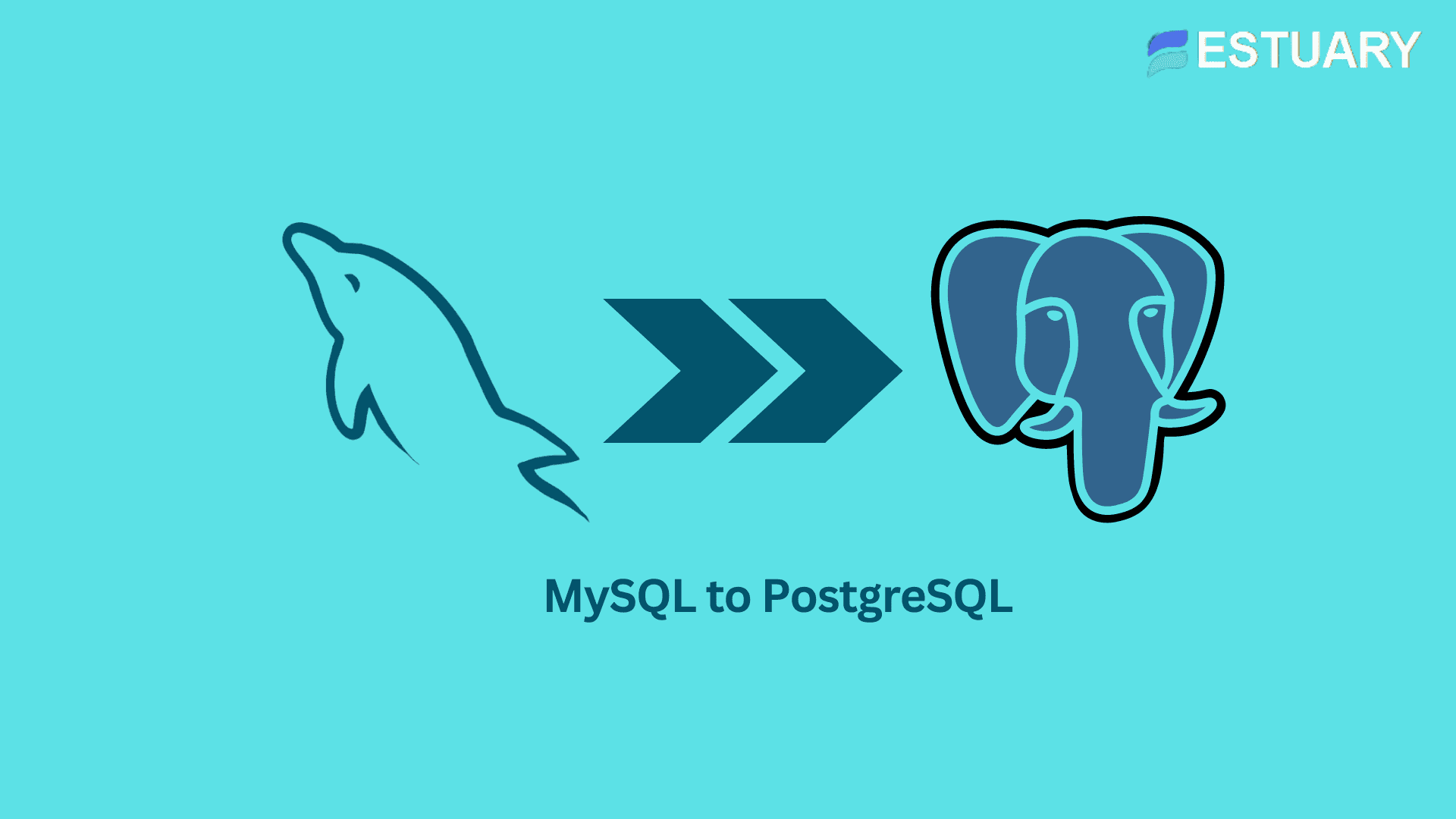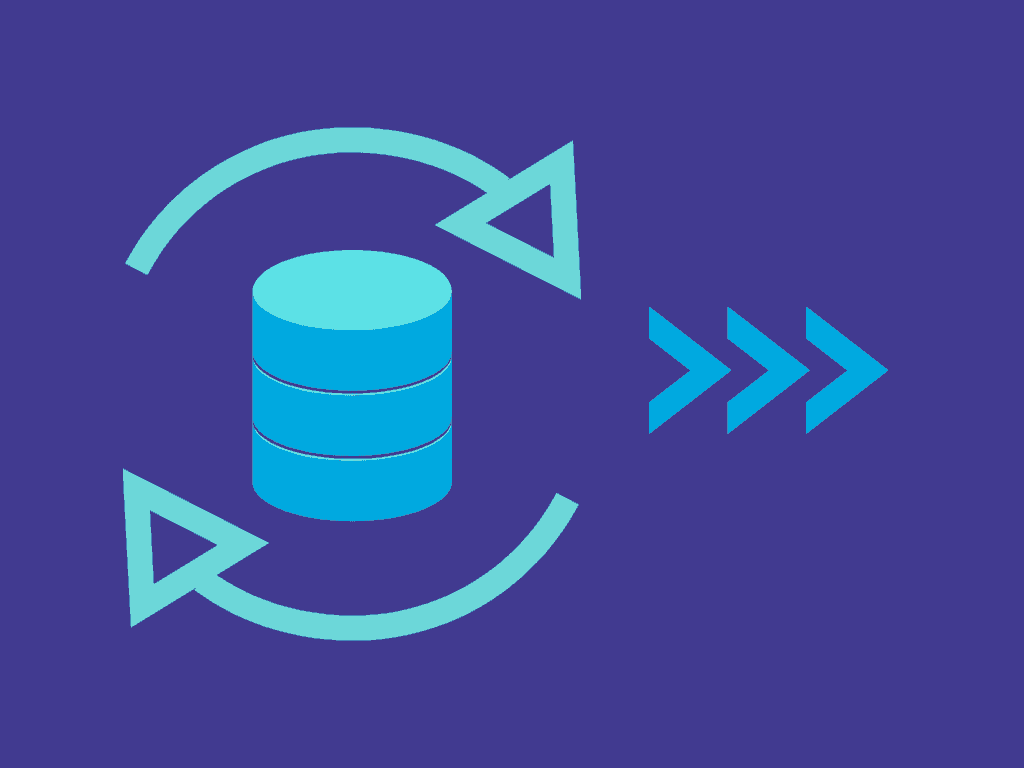
Enterprises that rely on Postgres and MySQL often face a familiar challenge: how to keep both systems in sync. Whether it is moving data between an operational Postgres database and a MySQL-powered application, or performing a large-scale migration, the choice usually comes down to two approaches: batch processing or real-time replication.
Batch jobs have long been the default. They are simple to set up and widely supported. But they come with a cost: delays, downtime, and missed opportunities. Real-time sync, powered by change data capture (CDC), keeps systems continuously aligned, ensuring that every new order, transaction, or update is reflected across databases instantly.
This decision is not just about technology. For enterprises, it directly impacts customer experience, data integrity, and operational resilience. A poorly chosen sync method can mean hours of stale data or even downtime when it matters most.
In this article, we will break down the differences between batch and real-time for Postgres to MySQL sync, highlight where each method fits, and explain why many enterprises are moving toward real-time pipelines. We will also show how Estuary Flow makes the transition seamless by combining both methods in a single platform.
Key Takeaways
- Batch sync moves Postgres to MySQL on a schedule but often creates stale data and downtime.
- Real-time sync uses CDC to stream changes instantly, keeping both systems continuously aligned.
- Enterprises face higher risks with batch, including schema drift and long recovery times.
- Estuary Flow combines batch backfill and real-time streaming in one pipeline with exactly-once delivery.
- For enterprise workloads, Estuary Flow is the most reliable way to run Postgres ↔ MySQL sync at scale.
👉 Read our step-by-step Postgres to MySQL guide, Or Talk to our team to discuss your enterprise use case.
What is Batch Sync Between Postgres and MySQL?
Batch sync means copying data from Postgres to MySQL on a fixed schedule instead of continuously. It is usually done with bulk exports, cron jobs, or tools like AWS DMS in batch mode.
For simple migrations, batch can work. It is easy to set up and does not require complex infrastructure. But enterprises quickly run into issues:
- Data is stale between syncs, often delayed by minutes or hours.
- Large jobs can cause downtime or lock tables during transfer.
- Schema changes often break jobs, requiring manual fixes.
- Recovery from errors is slow and can leave systems out of sync.
These risks make batch unsuitable for most live enterprise applications. If your Postgres database powers transactions and MySQL runs customer-facing services, stale or inconsistent data is unacceptable.
What is Real-Time Sync Between Postgres and MySQL?
Real-time sync means streaming every change from Postgres into MySQL as soon as it happens. Instead of waiting for a scheduled job, the pipeline captures database events continuously using change data capture (CDC).
In practice, this works by reading the Postgres write-ahead log and pushing each insert, update, or delete into MySQL almost instantly. The result is that both systems stay aligned with minimal delay. If a customer updates their profile in Postgres, the change appears in MySQL right away.
For enterprises, real-time sync solves problems that batch cannot. There is no downtime caused by large jobs, and data is always fresh. This is essential in industries like e-commerce, where inventory levels must stay accurate, or in finance, where transactions must be reconciled within seconds.
With Estuary Flow, real-time sync is available out of the box:
- Postgres Capture: Flow’s PostgreSQL connector streams changes directly from the write-ahead log.
- MySQL Materialization: Flow’s MySQL connector applies those changes into downstream MySQL tables, including managed environments like Amazon RDS, Aurora, Google Cloud SQL, and Azure Database for MySQL.
- Exactly-Once Delivery: Flow guarantees that every insert, update, and delete is applied consistently without duplicates.
- Schema Evolution & UTC Normalization: Changes to schemas are automatically managed, and datetime fields are normalized to UTC for consistency across systems.
- Batch + Real-Time in One: Start with a full backfill of existing tables, then switch seamlessly into CDC-based streaming without downtime.
👉 If you want to see how this works in practice, check out our Postgres to MySQL step-by-step guide
When Should Enterprises Use Batch vs Real-Time?
Batch sync still plays a role, but its scope is limited. It’s best suited for one-time migrations, historical data transfers, or non-critical environments like staging and development. If your business can tolerate hours of lag or brief downtime, batch is usually sufficient.
Real-time sync, on the other hand, is essential when data directly powers customer-facing systems or business decisions. Enterprises typically require real-time Postgres to MySQL sync in scenarios such as:
- E-commerce: inventory must update instantly to prevent overselling.
- Financial services: transactions need to stay consistent across ledgers and reporting systems without lag.
- SaaS platforms: user profiles and settings often live in Postgres, while analytics or operational workloads run on MySQL. Consistency here directly impacts customer experience.
The decision comes down to risk tolerance. If stale or inconsistent data could create lost revenue, compliance issues, or poor user experience, batch becomes a liability. Real-time pipelines prevent these risks by keeping Postgres and MySQL continuously aligned.
Estuary Flow makes this transition seamless. You can start with a batch backfill to capture existing tables, then switch into continuous CDC streaming without re-engineering your pipeline. This flexibility gives enterprises a safe path to modernizing data movement.
Which is Better for Enterprises?
For most enterprise workloads, real-time sync is the clear winner. Batch pipelines can handle small migrations or non-critical transfers, but they fall short when uptime, accuracy, and customer experience are at stake. Even a few minutes of data lag can mean lost revenue, compliance violations, or poor customer experiences.
Real-time pipelines eliminate these risks by streaming every change from Postgres to MySQL as it happens. That means:
- No late-night bulk jobs.
- No table locks or downtime during large transfers.
- No scrambling to fix schema drift after an update.
- Always-fresh, always-consistent data across both systems.
Estuary Flow is built specifically for this use case. Its PostgreSQL capture connector streams changes directly from the write-ahead log, while the MySQL materialization connector applies them downstream with exactly-once delivery. Flow also:
- Supports schema evolution automatically.
- Normalizes datetime fields to UTC for consistency.
- Lets you begin with a batch backfill of existing data, then transition into continuous CDC streaming — all in a single pipeline.
In short: batch is fine for test or low-stakes environments, but enterprises that depend on reliable Postgres ↔ MySQL sync should adopt real-time pipelines. With Estuary Flow, the transition is not only straightforward but also enterprise-ready.
How Can Enterprises Decide Between Batch and Real-Time?
Enterprises often struggle to choose between batch and real-time sync for Postgres ↔ MySQL. A simple checklist helps clarify the decision:
- Do you require continuous uptime?
If downtime during migration or sync is unacceptable, batch is too risky. - Is data freshness critical?
If stale data could impact customers, reporting, or compliance, real-time is necessary. - Do you expect frequent schema changes?
Batch pipelines often break with schema drift. Real-time platforms like Estuary Flow manage schema evolution automatically. - Are you operating at scale?
Batch jobs grow slower and more expensive with data volume. Real-time pipelines scale with your workload.
If most of these answers point to “yes,” your enterprise should move toward real-time sync.
Estuary Flow makes this transition seamless. You can backfill existing Postgres tables in batch mode, then switch to CDC-based streaming for ongoing updates, all within one platform. This flexibility gives enterprises a low-risk path to real-time data movement.
Conclusion
For enterprises syncing Postgres and MySQL, the decision between batch and real-time is not just technical. It directly shapes customer experience, data reliability, and operational resilience.
Batch sync has value for one-off migrations and non-critical environments, but it introduces risk when uptime and accuracy are priorities. Real-time sync solves these challenges by streaming every change as it happens, keeping systems aligned with zero delays.
With Estuary Flow, you don’t need to choose one or the other. You can backfill existing tables in batch mode, then transition seamlessly into continuous CDC streaming — all with exactly-once delivery and automated schema evolution. The result is a pipeline built for enterprise scale: reliable, resilient, and real-time.
👉 Ready to see how it works? Get started with Estuary Flow today
FAQs
Why do enterprises prefer real-time sync over batch sync?
Can I start with batch sync and later move to real-time?
Does real-time Postgres to MySQL sync increase costs?

About the author
Team Estuary is a group of engineers, product experts, and data strategists building the future of real-time and batch data integration. We write to share technical insights, industry trends, and practical guides.

